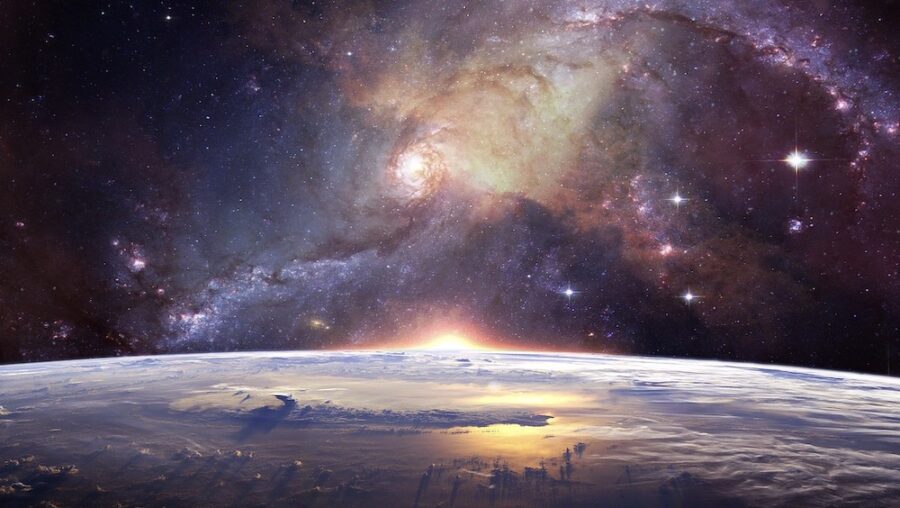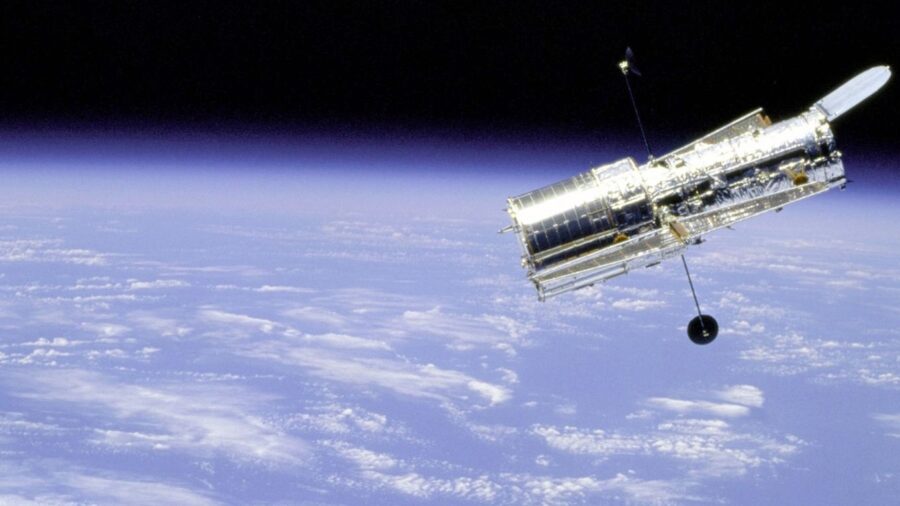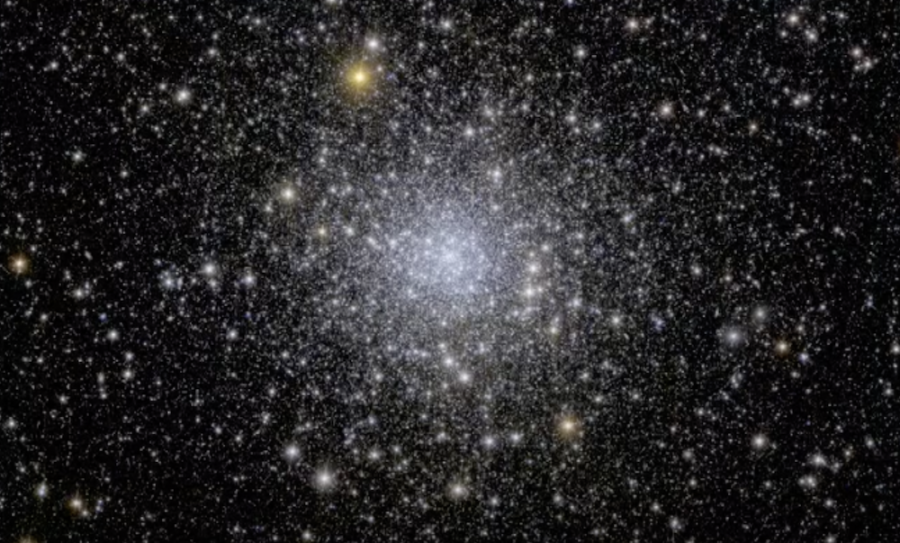Dark Universe Detecting Telescope Shows A New Side Of The Universe

The first section of images from the Euclid mission have been made available, allowing scientists to study the mystery of dark energy. Equipped with advanced cameras and light-detecting equipment, the space telescope is allowing scientists to study distant space in ways that were previously impossible. This is useful for a variety of reasons, but it’s particularly important for scientists trying to understand the expansion of the universe.
Images From The Euclid Telescope

Euclid is an ESA project, working in conjunction with other space agencies such as NASA, to study celestial phenomena like dark energy. It’s a space satellite equipped with visible light cameras that allow for detailed images to be taken of distant galaxies. It also uses advanced spectrometers capable of measuring near-infrared light in addition to the visible spectrum of light.
Originally launched in July of 2023, the satellite with the capacity to help understand dark energy has begun the process of compiling a massive mosaic map. The first 1 percent of that process has been completed and is already giving researchers plenty of new details to study. The satellite’s sensitive camera and spectrometers are allowing scientists to study celestial bodies up to 10 billion light years away.
A Better Tool To Study Dark Energy

Dark energy is one of the phenomena that scientists hope Euclid can help explain by giving researchers new data and images to study. It’s the unknown force that causes the universe to expand, pushing galaxies further and further away from each other. It’s a celestial phenomenon shrouded in mystery and it holds the key to understanding how and why our universe is expanding.
It’s the sensitive light detection equipment on Euclid that makes it particularly useful for studying dark energy. That equipment allows scientists to study redshift, the term for how light wavelengths from other galaxies change as they move further away from us. Studying the rate of that movement and comparing it between galaxies helps scientists understand how the process works, which could eventually result in figuring out its source.
Produces Better Images

Previous models trying to understand dark energy had a much smaller sample size to work with as Euclid has given researchers a much larger, more detailed image of space to study. It already contains images of a shocking 14 million galaxies. As the satellite continues its mapping mission, more and more information will be available for study.
Only 1% Of Mapping Complete

The Euclid mission will continue to provide useful new images for dark energy researchers and other astronomers. While only 1 percent of the mapping has been completed, the satellite has completed 12 percent of its survey and the ESA plans to release another update in March of 2025. That will be followed by a more complete data dump of all the satellite’s first year of scientific observations in 2026.
The Key To Decoding Dark Energy

Euclid is a valuable new tool for astronomers, possibly holding the key to finally understanding dark energy. If it can lead to a breakthrough in that long-standing mystery, it would likely reshape our fundamental understanding of astrophysics. At the very least, it is giving scientists from around the world new data to feed into models, bringing humanity one step closer to solving a cosmic mystery.
Source: ESA












